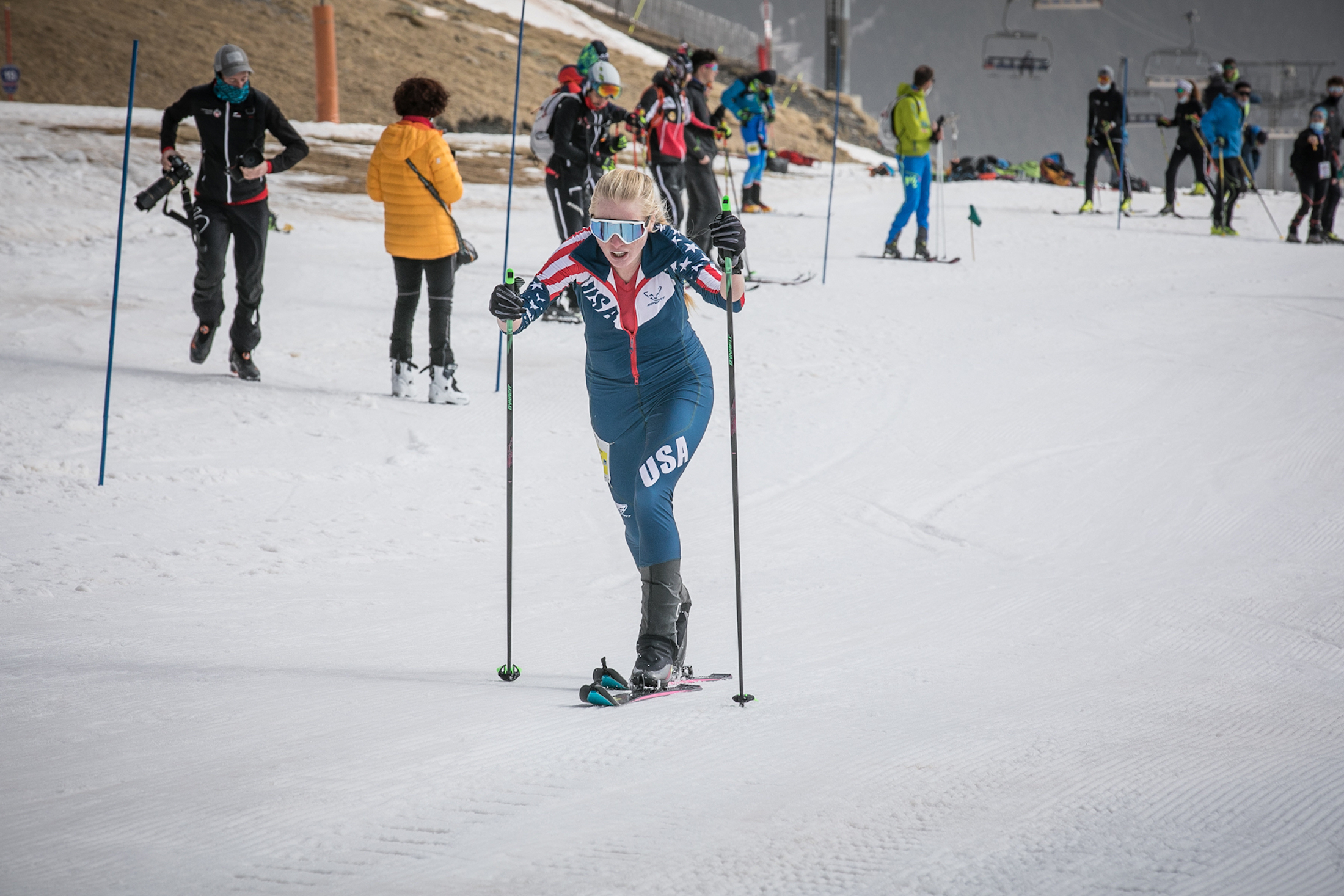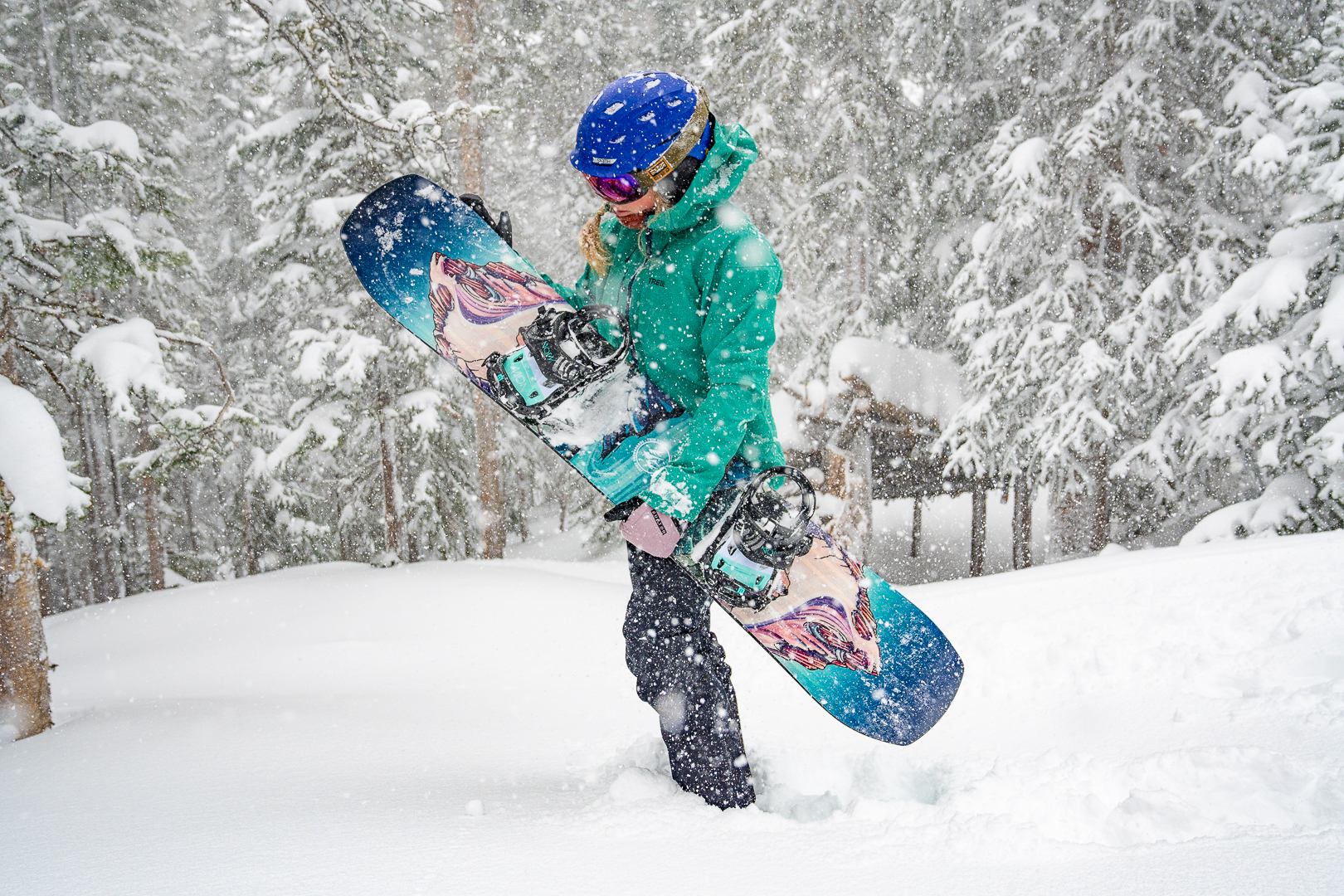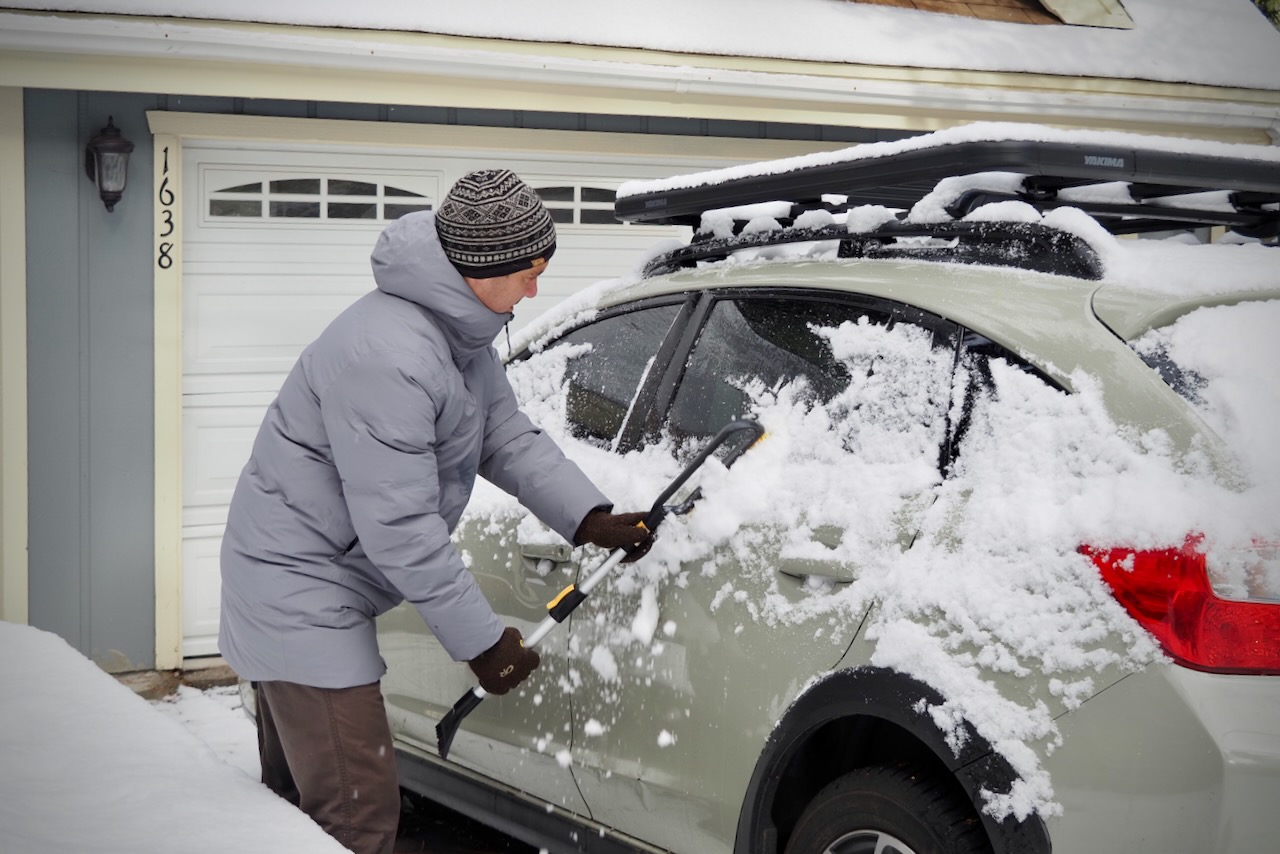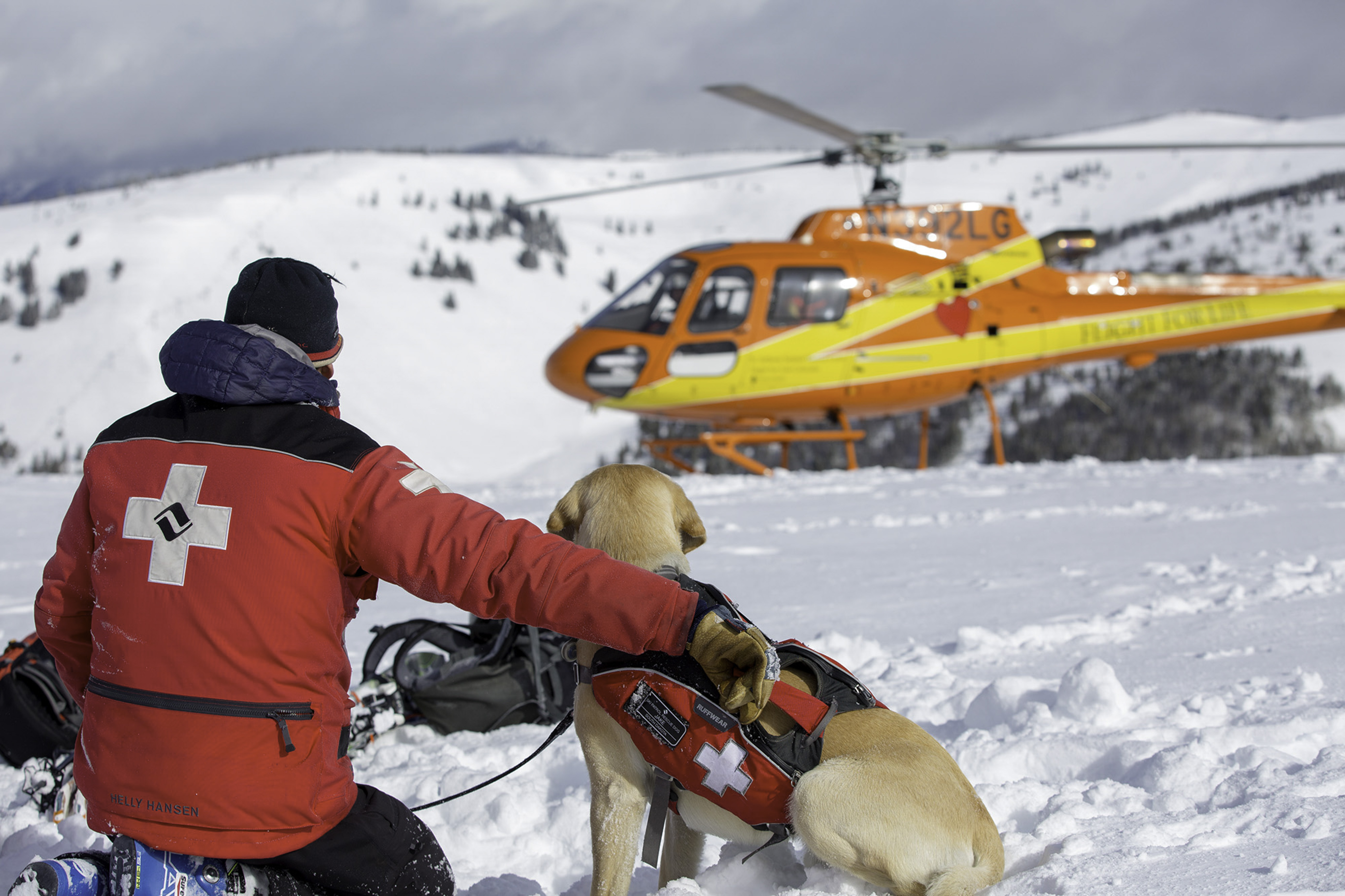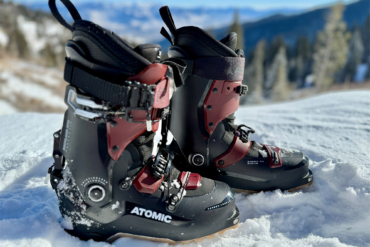Looking forward to seeing the crème de la crème compete on ice, snow, rink, and mountain? Here’s a full guide to how and what to watch at the 2022 Winter Olympics.
In 2 weeks, athletes from around the world will compete in China in the 2022 Winter Olympics. This year’s winter games run from Feb. 3 to 20, 2022. (Beijing will host the Winter Paralympics later from March 4 to 13.)
And for 2022, seven new events were added for Olympic-going athletes: men’s and women’s big-air freestyle skiing, women’s monobob (single-person bobsled), mixed team competitions in freestyle skiing aerials, ski jumping, snowboard cross, and a mixed relay in short track speed skating.
Read on to get the full details on each event.
2022 Winter Olympic Sports
Wondering which sports you can look forward to at the 2022 Olympics? Look no further. We’ve got the deets on the sports, the rules, and the competition.

Cross-Country Skiing
Cross-country skiing includes events in both classic cross-country form and skate skiing (also called free). Both men and women compete in individual and relay formats. Men’s events include sprint, 10km, 15km, and 50km distances; women compete in sprint, 5km, 10km, and 30km distances.
Interestingly, the freestyle skiing, snowboarding, and alpine skiing events are the only ones held on real snow outdoors. The rest of the Olympic venues are indoors or on artificial snow.
Freestyle and Alpine Skiing
The alpine ski discipline includes downhill, giant slalom, super-G, moguls, and parallel slalom. Freestyle ski covers big air (new this year), slopestyle, halfpipe, ski cross, and aerials. All freestyle ski/snowboard and slopestyle events are judged, meaning athletes rely on judging as the base for their scores.

Snowboarding
Snowboarders compete in big air, slopestyle, snowboard cross (new this year), and halfpipe. Over 230 snowboarders will compete at the 2022 Winter Olympics.
Snowboard big air (along with freeski big air) will be held at Big Air Shougang, the world’s first permanent Olympic venue for big air, built on a former steel mill site (with a standing height over 60 m).
Luge
Luge is one of the three sliding sports in the Olympics (similar to bobsled). In luge, athletes compete in single, double, or relay, and race around a track at speeds of 120-145 kph.
The course for the 2022 Olympics is 1,615 m (about a mile), with 16 curves and a maximum gradient of 18%.
Curling
Curling is one of the more unique — and probably most odd-looking — sports to grace the Winter Olympics. In curling, teams use brooms and a “slider” and “gripper” shoe to strategically maneuver “stones” toward a target in the team’s goal end. The stones weigh 19 kg, and the center of the target is only 30 cm (11 inches) across.
Sweden, Switzerland, and Canada are the top curling contenders for the 2022 Olympic Games.

Ice Skating
Figure skating is the oldest Winter Olympic sport, first added to the games in 1908. In skating, athletes compete in single, pair, dance, and team events (in both short and long routines). Within each routine, a skater receives two scores: a technical element score and the overall program score.
Teams to watch for figure skating in Beijing include Russia, the United States, and Canada.
Ice Hockey
While most sports in the Olympics consist of up to a dozen events, there are only two in ice hockey: a men’s tournament and a women’s tournament. The games are played on an Olympic-size rink, with competing teams split into groups and playing in a tournament style, with the winning teams advancing to the quarter-finals.
The men’s tournament consists of 12 teams split into three groups:
- Group A: Canada, USA, Germany, People’s Republic of China
- Group B: ROC, Czech Republic, Switzerland, Denmark
- Group C: Finland, Sweden, Slovakia, Latvia
The women’s tournament will feature 10 teams split between two groups:
- Group A: USA, Canada, Finland, ROC, Switzerland
- Group B: Japan, People’s Republic of China, Czech Republic, Denmark, Sweden
Biathlon
The biathlon is a longstanding, unique sport where teams compete in men’s, women’s, or mixed events. Biathlon consists of two sports: skiing and shooting, in a race format. In the Olympics, athletes ski along a course whose distance is divided into shooting rounds.
For both men and women, events include sprint, individual, pursuit, mass start, and relay format. The course lengths range from 6 to 20 km.
Olympic Athletes to Watch

- Shaun White, 5-time Olympian, competing in snowboard halfpipe
- Jamie Anderson, 3-time Olympian, competing in big-air and slopestyle snowboard
- Gus Kenworthy, 3-time Olympian, competing in slopestyle snowboard
- Zoi Sadowski-Synnott, 2-time Olympian, competing in big-air snowboard
- Red Gerard, 2-time Olympian, competing in big-air and slopestyle snowboard
- Mark McMorris, 3-time Olympian, competing in big-air and slopestyle snowboard
- Tess Ledeux, 2-time Olympian, competing in big-air and slopestyle skiing
- Devin Logan, 3-time Olympian, competing in slopestyle skiing
- Alex Hall, 2-time Olympian, competing in slopestyle and big-air skiing
- Mikaela Shiffrin, 3-time Olympian, competing in alpine skiing
- Michelle Gisin, 3-time Olympian, competing in alpine skiing
- Breezy Johnson, 2-time Olympian, competing in downhill and Super-G alpine skiing
- River Radamus, first-time Olympian (previously competed in Junior Olympics), competing in giant slalom alpine skiing
How COVID Will Impact the Olympics
Everybody at the Olympics will be required to be vaccinated — athletes, coaches, staff. (Medical exemptions will be considered, reported the IOC. But anyone exempt will have to quarantine for 21 days before competition and take daily COVID tests.)
Athletes, coaches, and staff are also required to download the official Beijing Olympics app 14 days before they travel. The app will be used to track everything from travel details and arrivals for athletes to daily COVID-19 monitoring.
Currently, no international spectators or even local Chinese residents will be allowed to spectate at the event due to COVID-19. For those present (like teams, coaches, national representatives, and government officials), cheering or shouting is not allowed.
How to Watch the 2022 Winter Olympics

Here’s a condensed schedule of a variety of events in the 2022 Olympics:
- Feb. 3-20: Men’s and Women’s Ice Hockey Tournaments
- Feb. 5-6: Freeski Moguls, XC Men’s and Women’s Skiathlon
- Feb. 6: Women’s Snowboard Slopestyle, Men’s Alpine Downhill, Men’s Luge
- Feb. 7: Men’s Snowboard Slopestyle, Women’s Alpine Giant Slalom, Women’s Biathlon Individual race
- Feb. 8: Women’s Freeski Big Air, Men’s Biathlon Individual race, Women’s Luge
- Feb. 9: Men’s Freeski Big Air, Luge (doubles)
- Feb. 10: Women’s Snowboard Halfpipe, Luge (team relay)
- Feb. 11: Men’s Snowboard Halfpipe
- Feb. 13: Men’s Alpine Giant Slalom
- Feb. 14: Women’s Freeski Slopestyle, Women’s Monobob
- Feb. 15: Men’s Freeski Slopestyle, Men’s and Women’s Snowboard Big Air, Women’s Alpine Downhill
- Feb. 18: Women’s Freeski Halfpipe
- Feb. 19: Men’s Freeski Halfpipe, Women’s 2-man bobsled, Men’s Curling Gold Medal Game
- Feb. 20: Men’s 4-man bobsled, Women’s Curling Gold Medal Game
You can watch the 2022 Olympics by streaming live on NBC (in the U.S.), CBC (in Canada), or Eurosport (in the U.K. and the EU). Events will stream in Beijing local time. To learn more, check out the Winter Olympics at Olympics.com.

